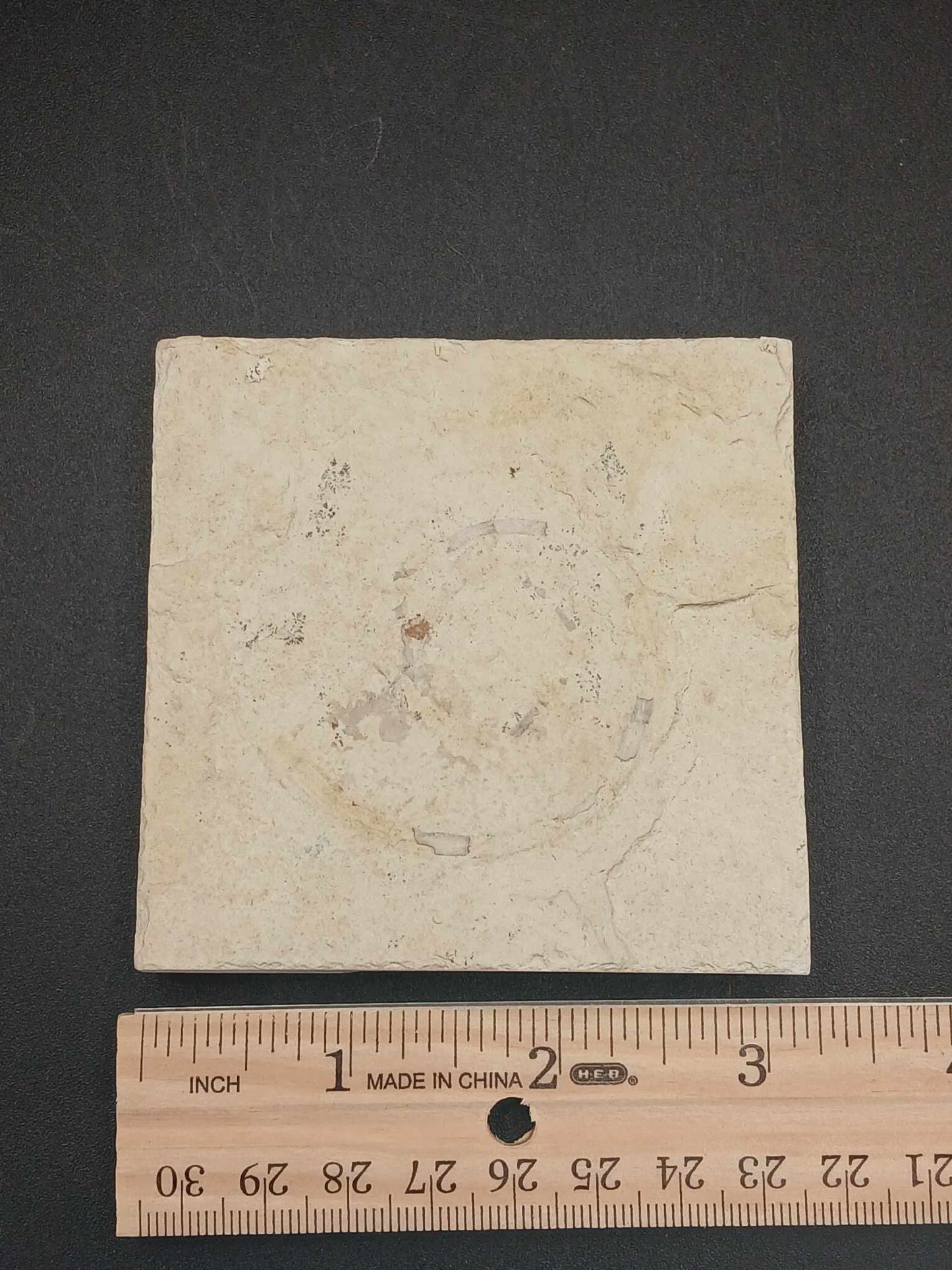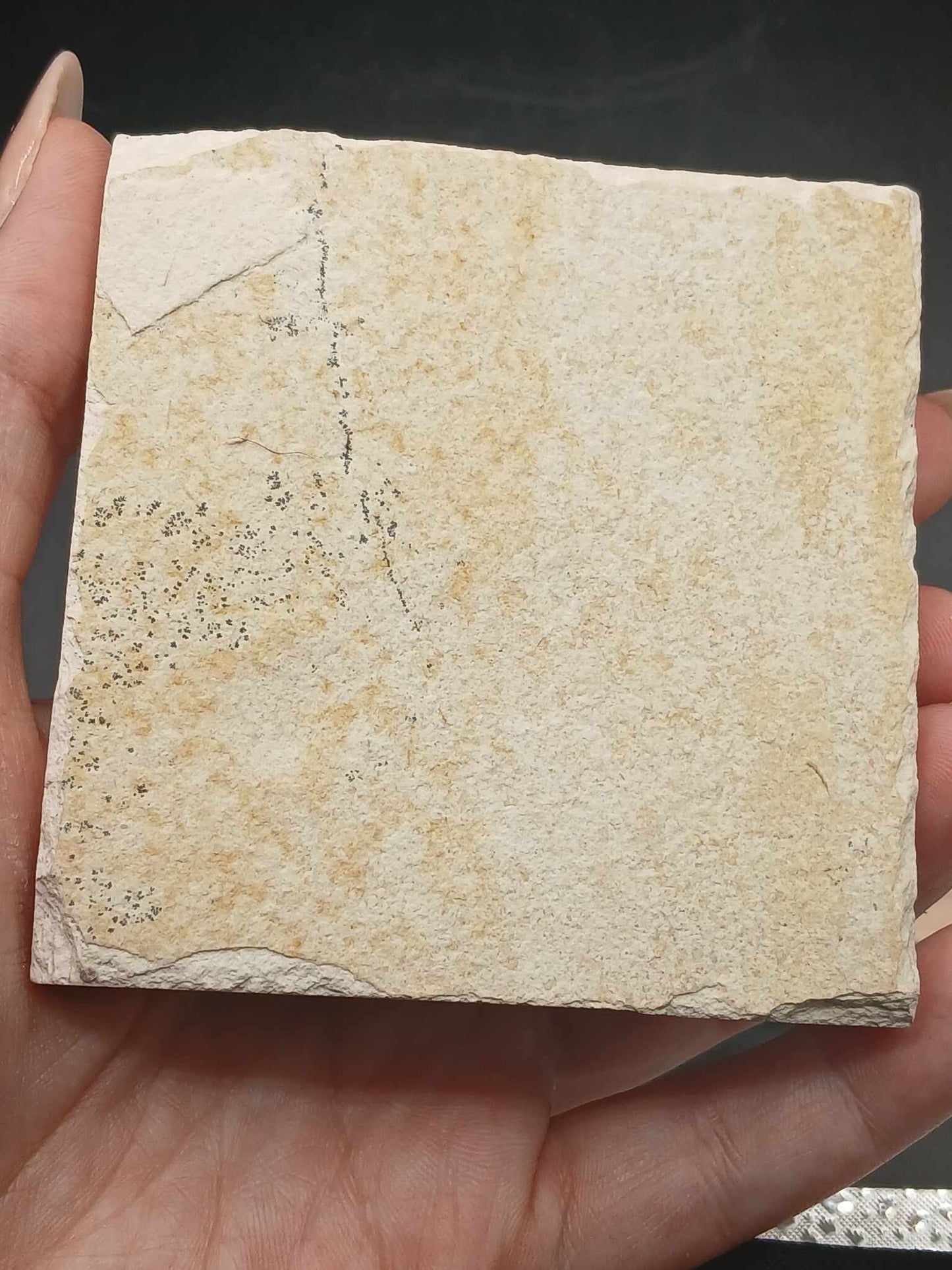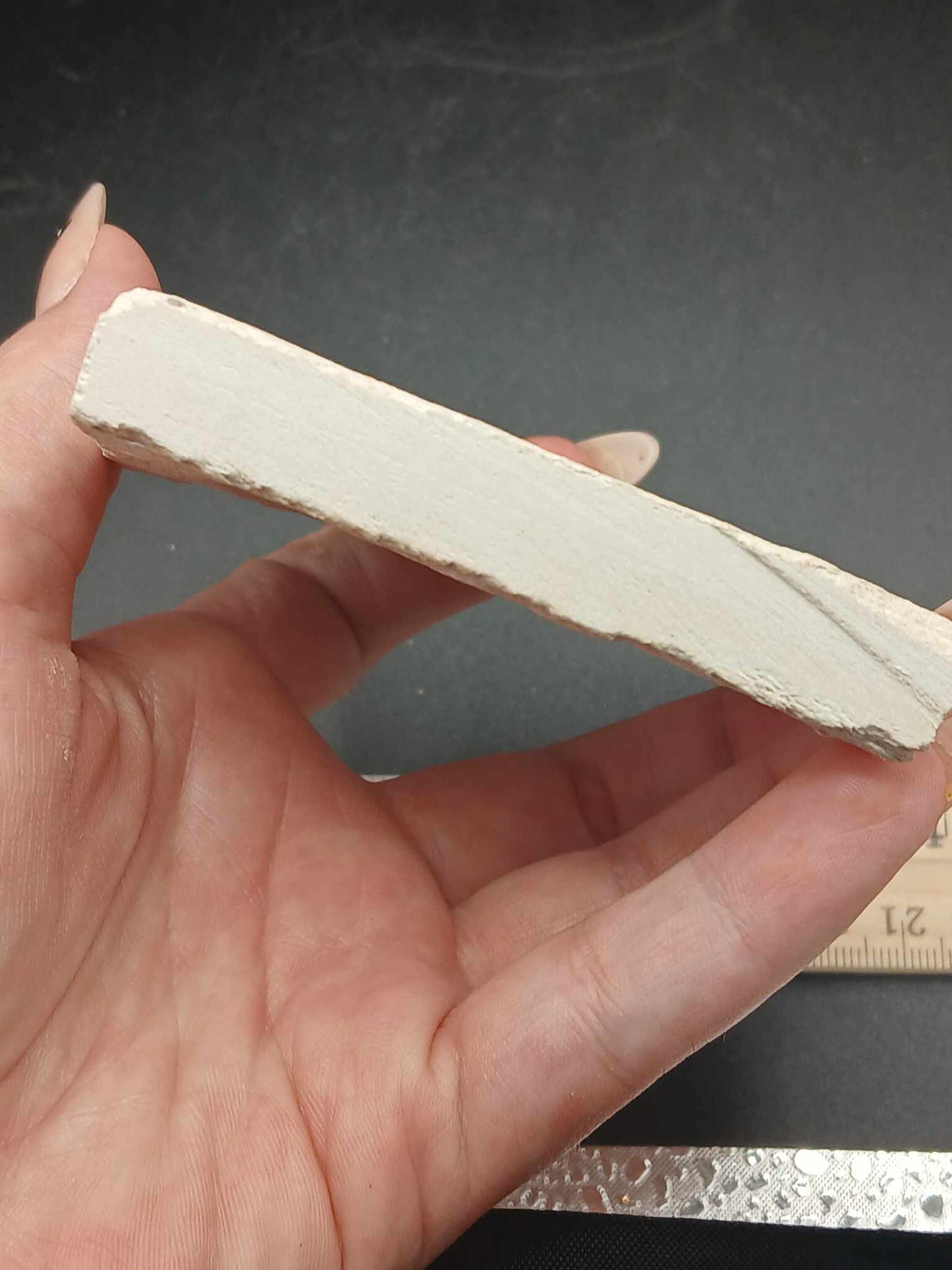Minute Man Fossils
Ammonite-Germany
Ammonite-Germany
Couldn't load pickup availability
Taxa: Ammonite
Age: Jurassic
Geology: Solnhofen Limestone
Locality: Bavaria, Germany
Solnhofen Limestone
The Solnhofen Limestone is a famous Late Jurassic lithographic limestone formation located in Bavaria, Germany, dating to about 150 million years ago. It is renowned for its exceptionally well-preserved fossils, including complete skeletons and soft tissue impressions of various organisms. The fine-grained, plattenkalk limestone was deposited in a series of shallow lagoons and has been extensively quarried for both building materials and fossil extraction. The exceptional preservation is attributed to the anoxic conditions at the bottom of the lagoons, which minimized decay and scavenging.
Ammonites
Ammonites are an extinct group of marine cephalopods that lived from the Devonian period (about 400 million years ago) until the end of the Cretaceous period (about 66 million years ago). They are characterized by their typically coiled, spiral shells, which are divided into chambers. These shells exhibit intricate suture patterns where the walls of the chambers meet the outer shell, which vary widely among different species.
Ammonites were nektonic predators, meaning they swam freely in the ocean and likely fed on smaller marine organisms. They played a significant role in marine ecosystems and are closely related to modern cephalopods such as squid, octopuses, and cuttlefish. Their fossilized shells are widely used by geologists and paleontologists as index fossils to date the rocks in which they are found, due to their rapid evolution and wide distribution.
Share



Subscribe to our emails
Be the first to know about new collections and exclusive offers.



